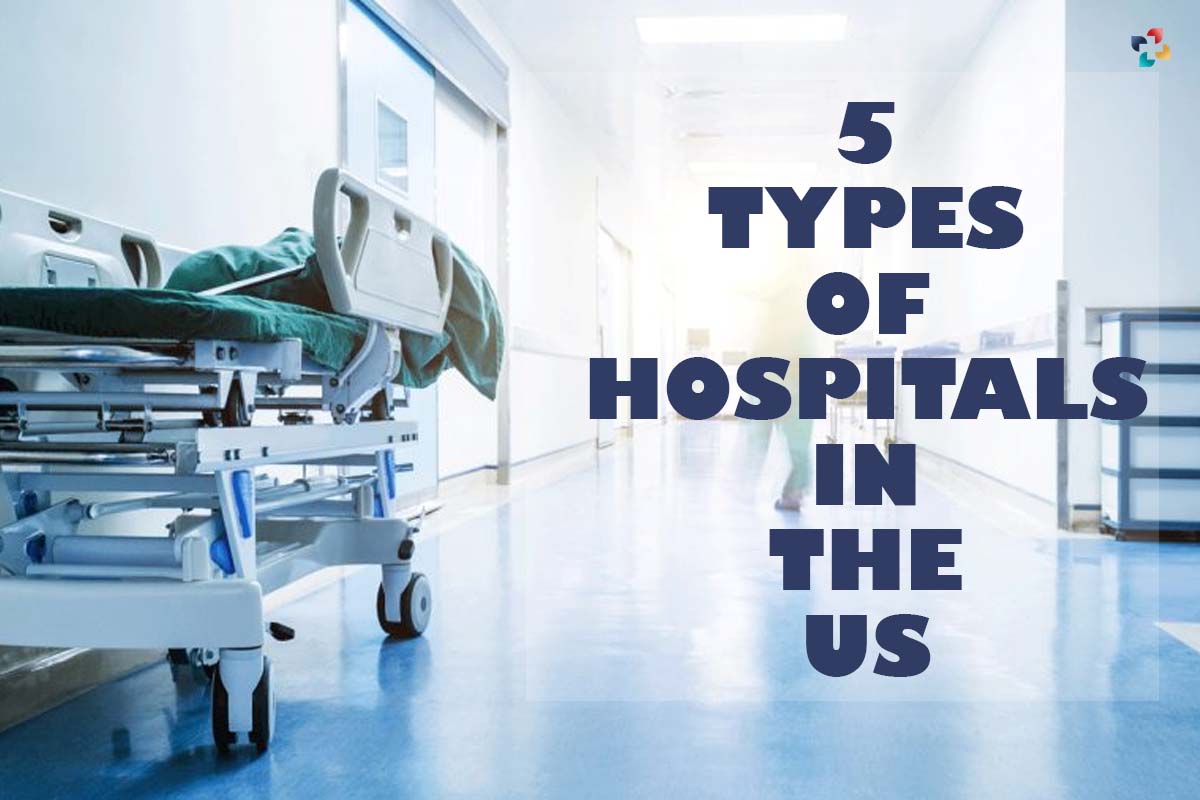When comparing different hospitals, one of the most apparent factors to consider is the size of the facility. The number of available beds is used as a proxy for hospital size.
What constitutes a small, medium, or big hospital might be subjectively defined in several ways, According to the American Hospital Association (AHA), in total, there are about 6,093 hospitals in the US. but generally speaking, the boundaries fall along these lines:
Here are 5 Types of Hospitals in the US;
1. Acute vs. Long-term care
Whether or not a hospital has a focus on long-term care also makes a difference. Acute care is what the great majority of hospitals in the US focus on. That’s why they’re the go-to people for things like obstetrics, postnatal care, trauma, and the treatment of illnesses and injuries.
According to the Centers for Medicare & Medicaid Services, long-term hospitals (LTCH) are commonly designated as acute-care Hospitals, but they also specialize in patients who, on average, remain longer than 25 days and are often moved from the ICU or a critical care unit.
Multiple critical conditions are common among these patients, and it is not uncommon to see the requirement for respiratory therapy, pain management, or treatment for head trauma within the list of their medical needs. It’s not uncommon for long-term patients to make progress under medical supervision and eventually be discharged.
2. For-Profit vs. Not-For-Profit vs. Government-owned
The ownership structure of hospitals in the US is another factor that might set them apart from one another. Hospitals may be either publicly or privately operated, but there are also non-profit choices. According to the American Hospital Association, little over half of all accredited hospitals are not-for-profit.
This implies they are not required by stockholders to turn a profit, yet this does not make them a charity; they still need to make enough money to stay in business. The primary difference is that any surplus is often reinvested in the hospital in the form of better equipment, more personnel, or more study.

However, for-profit hospitals are no different from any other private company in that they answer to shareholders. Investors want a return on their money, which might affect how hospitals in the US are run. As a result, for-profit hospitals have more incentive to improve their operational efficiencies in pursuit of cost savings. Some businesses may choose to specialize in more money-making services and methods.
Healthcare facilities are operated by the government and owned by the public. In the United States, these establishments are often linked to educational institutions of medicine and are not subject to quarterly profit targets or investors.
However, this does not imply that budgets should be thrown out the window; problems may still arise if public financing falls short of meeting both the rising demand for services and the rising costs associated with providing them.
3. Rural vs. urban
As was previously noted in the size section, most rural hospitals in the US have fewer than one hundred beds. Critical access hospitals, which have less than 25 beds and are 35 miles or more from the next closest hospital, are even more scarce. Medicaid and Medicare financing is crucial to the survival of these smaller hospitals.
Since there are usually numerous hospitals in a given urban location, the ones there tend to be bigger and more competitive. As a result of this intense rivalry, many urban hospitals have opted to focus on either providing a narrower range of services or distinguishing themselves via superior patient amenities.
4. Teaching vs. non-teaching
Any hospital that is part of a university’s medical or nursing program is considered a teaching hospital. At teaching hospitals, medical students, residents, and fellows work and study under the guidance of experienced doctors, nurses, and other medical professionals.
All of the patients at non-teaching hospitals in the US are from the immediate area, and the hospital has no affiliations with other institutions. Does this make them better than teaching hospitals? Not necessarily. For the sake of their pupils, teaching hospitals often take on more complex and serious cases.

Clinical trials to test the efficacy of novel medicines are often conducted in conjunction with academic medical research, which is often conducted at these facilities. Many people who enroll in clinical trials do so because they are interested in trying out therapies that have not yet been proven effective.
Veterans in the healthcare field may find that working at a teaching hospital is a satisfying career move. A registered nurse, bachelor of science in nursing, and certified clinical nurse consultant Matthew Thomson of The RN Mentor has worked at two university medical institutions and has grown fond of their unique atmosphere.
The emphasis on education is what draws Thomson to university medical institutes. “Doctors in attendance are cognizant of the fact that they are shaping the careers of future healthcare professionals. A culture of respect and understanding has developed.
5. Federal hospitals vs. State and local hospitals
Funding sources are used to categorize publicly funded hospitals in the US. Most medical facilities operated by the Veterans Administration (VA) are under the purview of the federal government, which provides both funding and oversight.

There are other government-sponsored hospitals managed by the Department of Defense and the Department of Health and Human Services, although these institutions are less widespread.
It is common for municipal, state, or county governments to own and run a hospital in their area. Local governments are the primary source of financing for these hospitals in the, however federal assistance in the form of grants, Medicare, and Medicaid payments also helps. Due to their reliance on local support, many institutions have struggled in states that have experienced budget shortfalls.
Bottom Line:
Every section of society should have access to healthcare services. However, for this purpose location of hospitals in the city matters the most. In this blog, we have mentioned the top five types of hospitals in the US which will make you aware of their services and exclusive facilities. We hope you found our blog helpful to make value addition about various hospitals in the US. Save this blog for your future reference or share it with others so that it will educate them about hospital types during emergency situations.
Also Read: Top 5 HealthTech Startups in Australia: 2023







